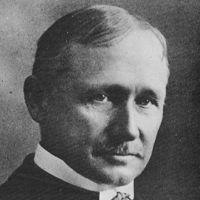Frederick Winslow Taylor typ osobowości MBTI
Osobowość
"Jaki typ osobowości jest {profilename}? {profilename} jest typem osobowości {mbti} w mbti, {enneagram} - {iv} - {tritype} w enneagram, {big5} w Big 5, {sociionics} in Socionics."
Si-Ne > Ni-Se This man sacralized his routine to the point of planning his own walks in advance, counting his own steps, timing how long he spent on each task. This isn't Ni just because it's about planning. The way Ni plans is very different and calling Ni the future and Si the past is simplistic. He uses Si because the concrete things he absorbs from the environment take on subjective contours, developping behavorial patterns (Si-Ne)
Biografia
Frederick Winslow Taylor (March 20, 1856 – March 21, 1915) was an American mechanical engineer who sought to improve industrial efficiency. He was one of the first management consultants. Taylor was one of the intellectual leaders of the Efficiency Movement and his ideas, broadly conceived, were highly influential in the Progressive Era (1890s–1920s). Taylor summed up his efficiency techniques in his book The Principles of Scientific Management which, in 2001, Fellows of the Academy of Management voted the most influential management book of the twentieth century. His pioneering work in applying engineering principles to the work done on the factory floor was instrumental in the creation and development of the branch of engineering that is now known as industrial engineering. Taylor made his name, and was most proud of his work, in scientific management; however, he made his fortune patenting steel-process improvements. Taylor was also an athlete who competed nationally in tennis.
Osobowość correlate

Nikola Tesla
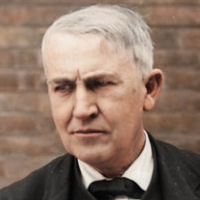
Thomas Edison
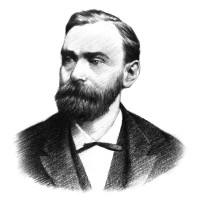
Alfred Nobel
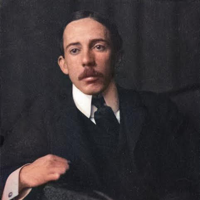
Alberto Santos-Dumont
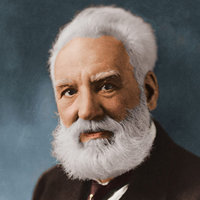
Alexander Graham Bell
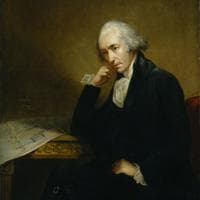
James Watt

Mikhail Kalashnikov
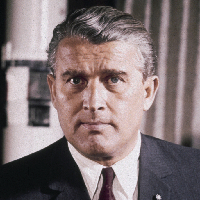
Wernher von Braun
